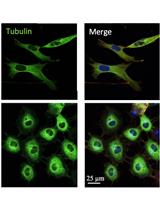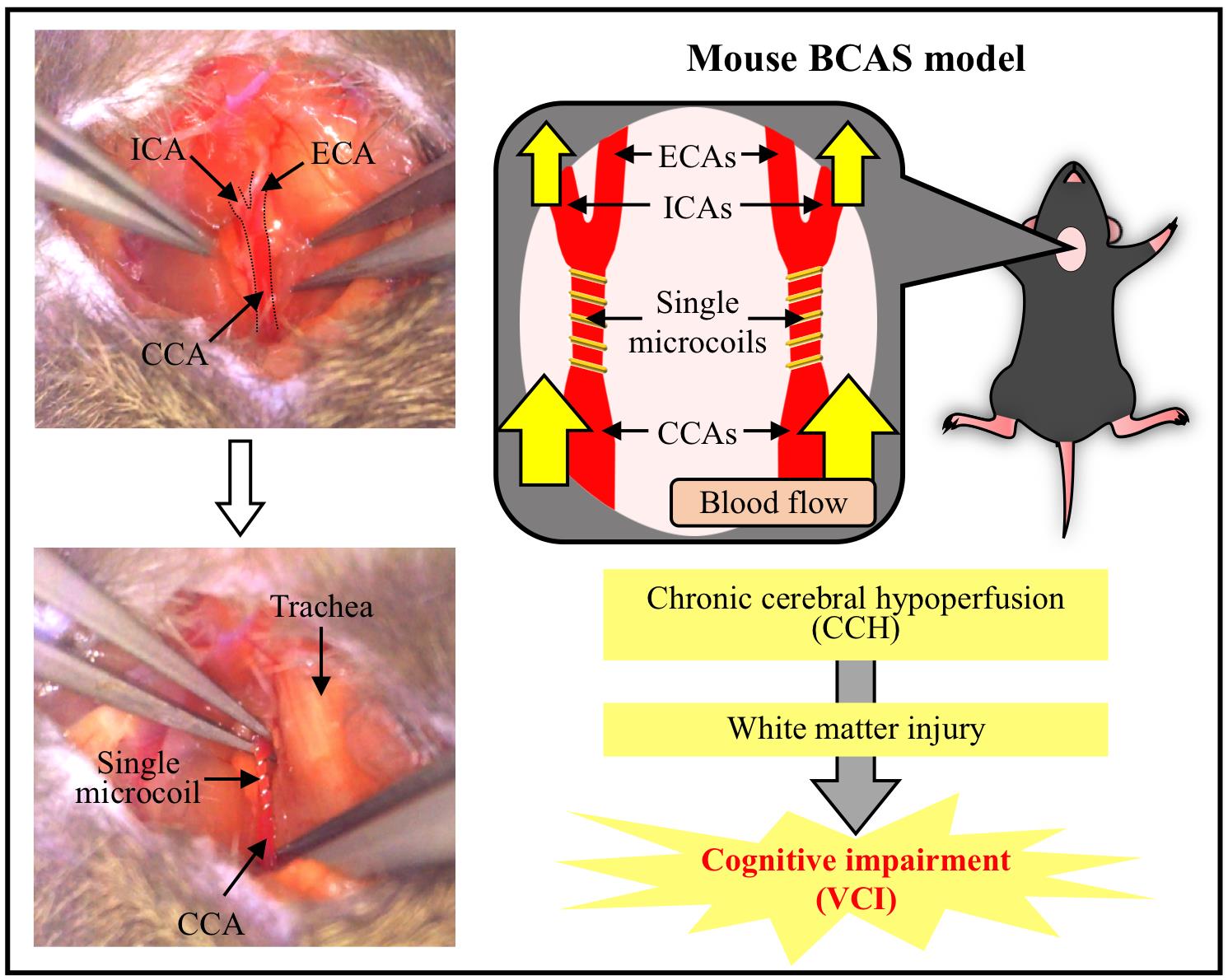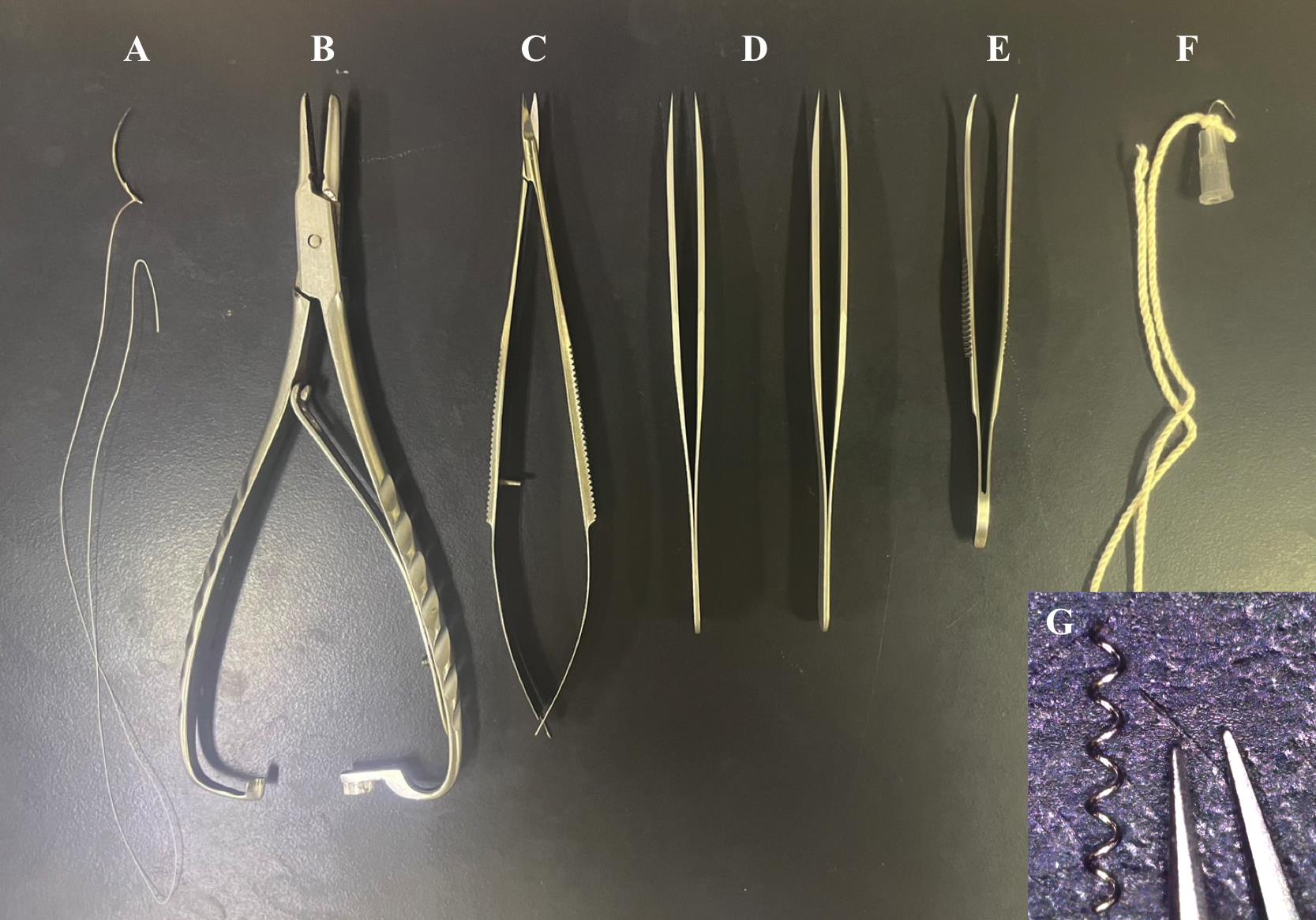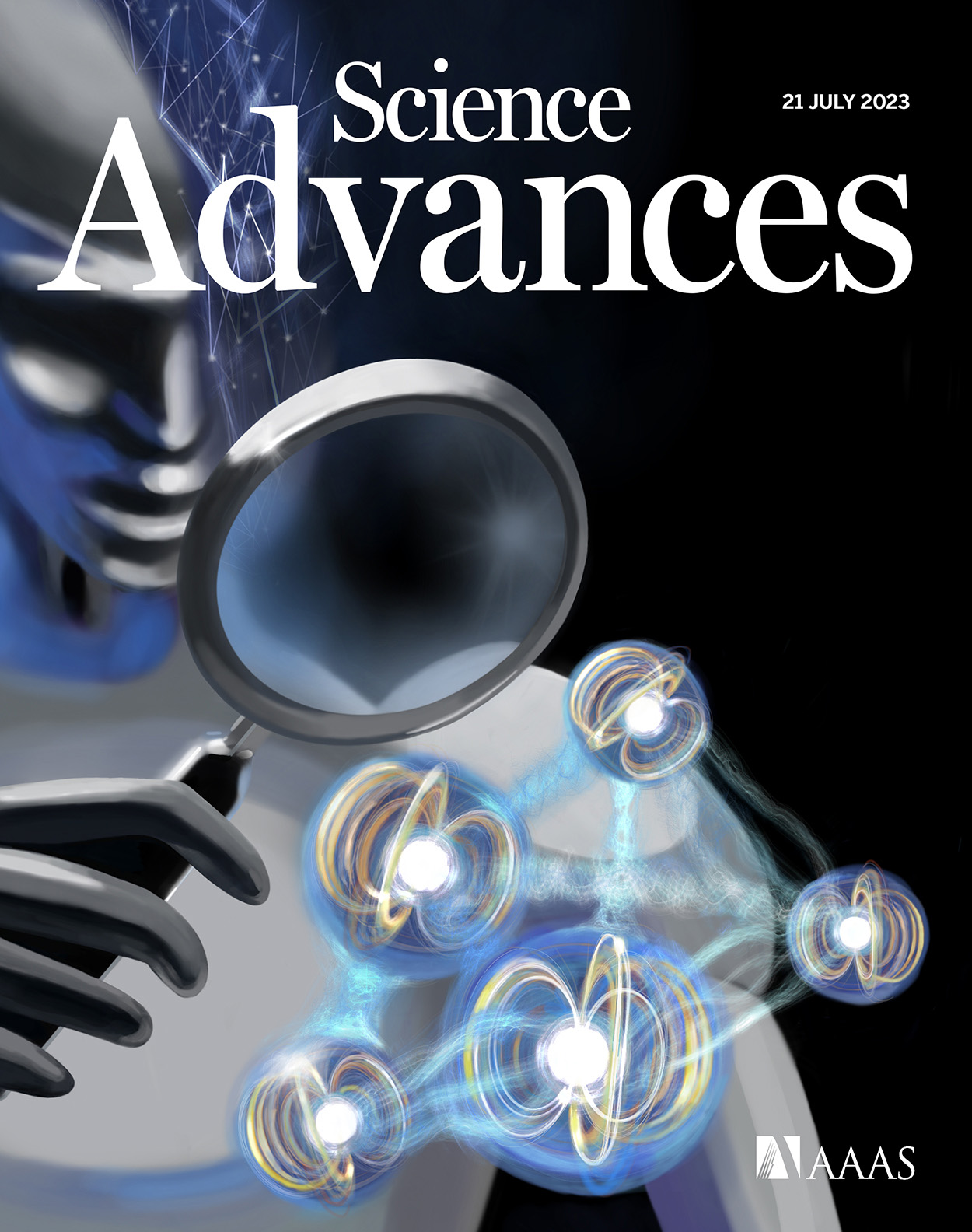- EN - English
- CN - 中文
Bilateral Common Carotid Artery Stenosis in Mice: A Model of Chronic Cerebral Hypoperfusion-Induced Vascular Cognitive Impairment
小鼠双侧颈总动脉狭窄模型:慢性脑低灌注引起的血管性认知障碍研究
发布: 2024年07月05日第14卷第13期 DOI: 10.21769/BioProtoc.5022 浏览次数: 2705
评审: Xiaoyi ZhengAnonymous reviewer(s)

相关实验方案

力学组学映射—一种用于同时进行实时成像和细胞力学适应和侵入定量分析的方案
Vina D. L. Putra [...] Melissa L. Knothe Tate
2019年12月05日 6310 阅读
Abstract
Vascular cognitive impairment (VCI) is a syndrome defined as cognitive decline caused by vascular disease and is associated with various types of dementia. Chronic cerebral hypoperfusion (CCH) is one of the major contributors to VCI. Among the various rodent models used to study CCH-induced VCI, we have found the mouse bilateral common carotid artery stenosis (BCAS) model to be highly suitable. Here, we introduce the BCAS model of C57BL/6J mice generated using microcoils with an internal diameter of 0.18 mm. To produce the mouse BCAS model, the bilateral common carotid arteries are isolated from the adhering tissues and vagus nerves and twined around the microcoils. This model shows cognitive impairment and white matter lesions preceding neuronal dysfunction around postoperative day 28, which is similar to the human clinical picture. Overall, the mouse BCAS model will continue to be useful in studying CCH-induced VCI.
Key features
• This mouse BCAS model requires approximately 4 weeks to show phenotypes such as cognitive impairment and white matter injury.
Keywords: Bilateral common carotid artery stenosis (BCAS) (双侧颈总动脉狭窄(BCAS))Graphical overview

Overview of the mouse BCAS model. The BCAS-operated mouse develops CCH and white matter injury, leading to cognitive impairment. This BCAS model is considered to be a suitable and useful CCH-induced VCI model. BCAS, bilateral common carotid artery stenosis; CCA, common carotid artery; CCH, chronic cerebral hypoperfusion; ECA, external carotid artery; ICA, internal carotid artery; VCI, vascular cognitive impairment.
Background
Vascular cognitive impairment (VCI) refers to cognitive alterations related to vascular disease and is associated with various types of dementia [1]. Chronic cerebral hypoperfusion (CCH)-associated small vessel disease is one of the major contributors to VCI [2,3]. CCH is elicited by aging and various lifestyle diseases, such as metabolic syndromes, atherosclerosis, hypertension, obesity [4], and hypotension [5]. It has also been suggested that CCH induces white matter lesions, which are key characteristics of VCI. In addition, many patients with various types of dementia including VCI have white matter lesions [6]. To understand the precise pathological mechanism underlying CCH-induced VCI including white matter lesions, multiple rodent models have been used in many studies.
Some widely used rodent models of CCH-induced VCI are the rat bilateral common carotid artery occlusion (BCCAO), mouse unilateral common carotid artery occlusion (UCCAO), rat and mouse 2-vessel gradual occlusion (2-VGO), mouse asymmetric common carotid artery surgery (ACAS), and mouse bilateral common carotid artery stenosis (BCAS) models. However, rodent models have several limitations. First, the visual pathway is damaged and behavioral tests to assess cognitive function are affected in the rat BCCAO and mouse UCCAO models [7,8]. Second, the device used in the rat and mouse 2-VGO models and mouse ACAS model is expensive [9]. The mouse BCAS model was reported as a CCH model in 2004 by Shibata et al. [10] and is a more suitable and useful tool for research of CCH-induced VCI. This model shows cognitive impairment and a decrease in myelin sheaths without severe damage to the visual pathway [9]. In addition, BCAS-induced cognitive impairment and white matter lesions precede neuronal death [11,12]. Therefore, the mouse BCAS model reproduces the clinical picture in human VCI patients [13]. However, surgery is harder to perform in this model than in the rat BCCAO and mouse UCCAO models, and expertise is needed to create a stable mouse model. Therefore, we present a detailed and robust method that can stably create the mouse BCAS model used in our previous studies [11,12,14] for further development of VCI research.
Materials and reagents
Mice: Male C57BL/6J, 8–12 weeks old, 20–30 g
Isoflurane (Viatris, catalog number: 901036504)
Equipment
Animal anesthetizer (Biomachinery, catalog number: TK-7)
Surgical microscope (Carl Zeiss, catalog number: OPMI11/S21)
Surgical equipment and materials (Figure 1)
Curved suture needle (Natsume Seisakusho, catalog number: C-24-500-1)
5-0, white braided silk sutures (Akiyama Medical, catalog number: EWB0514)
Needle holder (SHIN-EI, catalog number: MNH-1)
Micro spring scissors (Natsume Seisakusyo, catalog number: MB-56)
Two forceps, straight sharp (Fine Science Tools, catalog number: 11293-00)
Graefe forceps (Fine Science Tools, catalog number: 11051-10)
Microcoils with a wire diameter of 0.08 mm, an internal diameter of 0.18 mm, a pitch of 0.50 mm, and a total length of 2.5 mm (Name abbreviation: microcoil 0.08 × 0.18 × 0.50 × 2.5), which are custom-made (Sawane Spring or Komatsu Spring). To obtain microcoils, contact the manufacturers in English via e-mail or website form as follows:
Sawane Spring Co., Ltd.
Website: https://www.sawane-spring.com
Contact form: https://www.sawane-spring.com/cgi-bin/contact/form.cgi
E-mail address: soudan@sawane.co.jp
Komatsu Spring Industrial Co., Ltd.
Website: https://www.komatsubane.com/english/
Contact form: https://www.komatsubane.com/english/contact_us/
Handmade wire hook [kite string-tied bent 27 G needle with the tips cut off (TERUMO, catalog number: NN-2719)]
Paper towel (NIPPON PAPER CRECIA, catalog number: 61001)

Figure 1. Surgical equipment and materials. A. Curved suture needle and silk suture. B. Needle holder. C. Micro spring scissors. D. Two straight sharp forceps. E. Curved forceps. F. Handmade wire hook. G. Microcoil with an internal diameter of 0.18 mm.
Procedure
文章信息
稿件历史记录
提交日期: Mar 25, 2024
接收日期: Jun 4, 2024
在线发布日期: Jun 18, 2024
出版日期: Jul 5, 2024
版权信息
© 2024 The Author(s); This is an open access article under the CC BY license (https://creativecommons.org/licenses/by/4.0/).
如何引用
Readers should cite both the Bio-protocol article and the original research article where this protocol was used:
- Kakae, M., Kawashita, A., Onogi, H., Nakagawa, T. and Shirakawa, H. (2024). Bilateral Common Carotid Artery Stenosis in Mice: A Model of Chronic Cerebral Hypoperfusion-Induced Vascular Cognitive Impairment. Bio-protocol 14(13): e5022. DOI: 10.21769/BioProtoc.5022.
- Kakae, M., Nakajima, H., Tobori, S., Kawashita, A., Miyanohara, J., Morishima, M., Nagayasu, K., Nakagawa, T., Shigetomi, E., Koizumi, S., et al. (2023). The astrocytic TRPA1 channel mediates an intrinsic protective response to vascular cognitive impairment via LIF production. Sci Adv. 9(29): eadh0102.
分类
神经科学 > 神经系统疾病
系统生物学 > 机械力组学 > 机械适应性
您对这篇实验方法有问题吗?
在此处发布您的问题,我们将邀请本文作者来回答。同时,我们会将您的问题发布到Bio-protocol Exchange,以便寻求社区成员的帮助。
Share
Bluesky
X
Copy link








